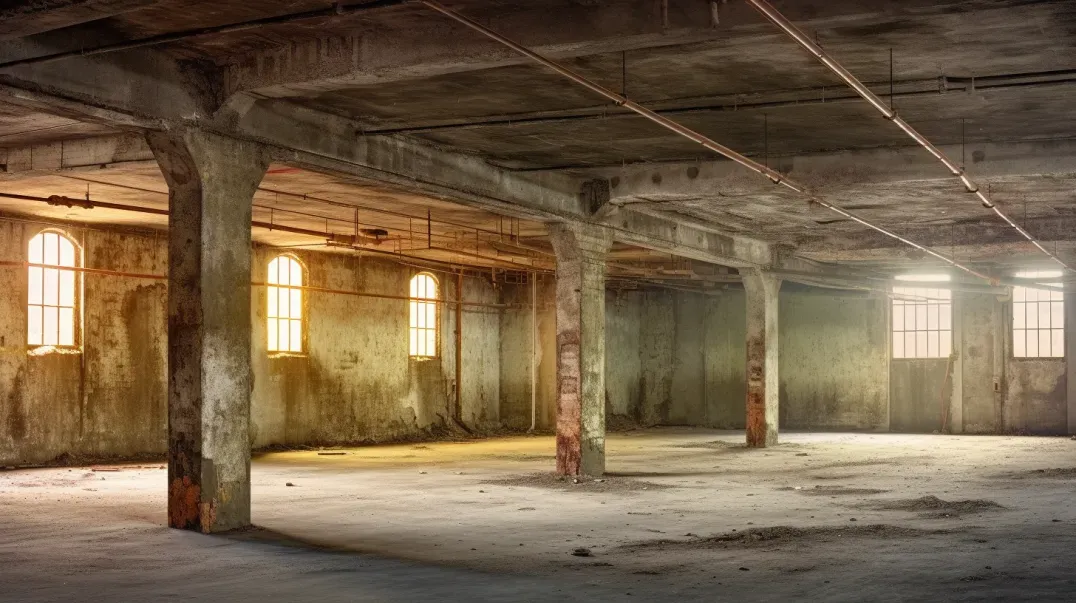
Embarking on a DIY insulation project can be a rewarding endeavor, offering homeowners the opportunity to enhance their home's energy efficiency, reduce utility costs, and contribute to environmental sustainability. However, the process of installing insulation involves navigating a variety of potential hazards, from exposure to irritant materials to the risk of physical injury. Recognizing and addressing these risks is paramount to ensuring the safety and health of DIY enthusiasts and their families.
This blog delves into the crucial importance of safety in DIY insulation projects, exploring the common risks associated with different insulation materials and installation processes. Whether you're working with fiberglass, foam, or natural fibers, understanding the specific safety considerations and protective measures is essential. We'll cover the basics of personal protective equipment (PPE), safe handling and installation practices, and the importance of proper ventilation to prevent harmful exposure and ensure a safe working environment.
Moreover, we'll provide insights into how to prepare your workspace, the significance of following manufacturer guidelines, and tips for emergency preparedness should accidents occur. By highlighting best practices and expert advice, this blog aims to equip DIYers with the knowledge and tools needed to tackle insulation projects with confidence and care.
Join us as we navigate the path to a safer DIY insulation experience, emphasizing that the success of any project is not only measured by the energy savings achieved but also by the preservation of health and safety throughout the process.
Preparing for Your Insulation Project
Embarking on an insulation project requires careful planning and preparation. Whether you're looking to enhance your home's energy efficiency, reduce noise, or simply update old insulation, understanding the scope of your project and gathering the right tools and materials are crucial first steps. This section offers guidance on assessing your project's needs and preparing effectively to ensure a smooth and successful insulation upgrade.
Understanding the Scope of Your Project
Assessing the Size and Complexity of the Insulation Replacement: Begin by evaluating the areas of your home that need insulation and the extent of the work required. Consider factors such as the size of the space, accessibility, and any existing insulation that needs removal. This assessment will help you determine the project's complexity and whether it's within your DIY capabilities.
Deciding When to Call in Professionals: While many insulation projects can be handled by DIY enthusiasts, certain situations may warrant professional assistance. Complex projects involving structural changes, the need for specialized tools, or safety concerns, such as asbestos removal, are best left to experts. If your assessment reveals challenges beyond your skill level or involves risks, consulting with a professional insulation contractor is advisable.
Gathering the Right Tools and Materials
Comprehensive List of Necessary Tools and Protective Gear: Proper preparation involves compiling a list of tools and safety equipment needed for the job. Essential tools may include utility knives, tape measures, staple guns, and insulation cutting tools. Protective gear is crucial to safeguard against irritants and injuries, including gloves, safety goggles, long-sleeved shirts, and respirators or masks suitable for the type of insulation material you'll be handling.
Tips for Choosing High-Quality Materials and Equipment: Selecting the right insulation material is pivotal to the project's success. Research the options available for your specific needs, considering factors such as R-value, material properties (e.g., moisture resistance, fire resistance), and environmental impact. High-quality materials may have a higher upfront cost but can offer better performance and long-term savings. Additionally, investing in or renting reliable tools can make the installation process smoother and more efficient.
Personal Protective Equipment (PPE) for Insulation Projects
Undertaking insulation projects, whether as a DIY endeavor or a professional task, necessitates stringent safety measures, particularly in the form of Personal Protective Equipment (PPE). Proper PPE not only safeguards against immediate physical injuries but also protects against long-term health risks associated with insulation materials. This section provides a comprehensive overview of the essential PPE for insulation projects and the critical aspects of respiratory protection.
Essential PPE for Insulation Projects
Detailed Guide on Protective Clothing, Gloves, Masks, and Goggles:
- Protective Clothing: Wear long-sleeved shirts and long pants made of durable materials to prevent skin irritation from fiberglass or mineral wool fibers. A disposable coverall can offer additional protection.
- Gloves: Use gloves made of a material that is resistant to cuts and abrasions, ensuring they fit snugly to maintain dexterity during the installation process.
- Masks: A basic dust mask may suffice for less irritating materials like cellulose; however, projects involving fiberglass or foam insulation may require a more protective respirator.
- Goggles: Safety goggles with no ventilation holes are recommended to prevent fine particles from entering the eyes, especially when working overhead.
Importance of Proper Fit and Usage: Ensuring that PPE fits correctly is crucial for its effectiveness. Ill-fitting masks, goggles, or gloves can compromise protection, leading to potential exposure to harmful substances. Regularly check the condition of your PPE and replace it if it becomes damaged or excessively dirty. Understanding how to properly wear and use PPE is as important as the equipment itself for ensuring safety during insulation projects.
Respiratory Protection
Types of Masks and Respirators:
- Dust Masks: Suitable for low-risk environments where nuisance dust is the primary concern.
- Half-Face Respirators: Offer protection against particulates and are ideal for use with fiberglass insulation, requiring the use of P100 filters to block the smallest particles.
- Full-Face Respirators: Provide comprehensive protection for the face and respiratory system, recommended for projects involving spray foam insulation where chemical vapors are a concern.
Situations Requiring Enhanced Respiratory Protection: Certain insulation materials and project scenarios necessitate advanced respiratory protection:
- Spray Foam Insulation: The chemicals used in spray foam can release volatile organic compounds (VOCs) and other hazardous substances during application and curing, requiring a full-face respirator with appropriate chemical filters.
- Old Insulation Removal: Removing old insulation, especially if it contains asbestos or mold, demands enhanced respiratory protection to prevent inhalation of harmful fibers or spores.
Safe Handling and Installation of Insulation
Ensuring safety during the installation of insulation is paramount, particularly when working with materials like fiberglass and foam that pose specific health risks. This section offers detailed advice on mitigating these risks through safe handling practices and proper installation techniques, helping DIYers and professionals alike to protect themselves and their environment.
Fiberglass Insulation Safety
Risks Associated with Fiberglass Particles: Fiberglass insulation is made from fine glass fibers that can irritate the skin, eyes, and respiratory system. When disturbed, these fibers can become airborne and pose a risk if inhaled or if they come into contact with the skin or eyes.
Safe Handling and Installation Techniques:
- Protective Gear: Always wear long sleeves, gloves, a dust mask or respirator (N95 or higher), and safety goggles without ventilation holes to minimize exposure to fiberglass particles.
- Minimize Disturbance: Cut fiberglass insulation using a sharp, insulated knife to reduce the number of airborne fibers. Perform cutting outdoors or in a well-ventilated area if possible.
- Proper Disposal: Wrap and seal offcuts and waste in plastic bags before disposal to prevent fibers from becoming airborne.
- Clean-Up: After installation, vacuum the work area with a HEPA-filter equipped vacuum cleaner to remove any lingering fibers. Shower and change clothes immediately to remove fibers from your skin and hair.
Foam Insulation Safety
Chemical Safety and Ventilation Requirements: Foam insulation, particularly spray foam, involves chemicals that can off-gas volatile organic compounds (VOCs) during and after application. Proper ventilation is crucial to disperse these gases and reduce inhalation risks.
Precautions for Using Spray Foam Kits:
- Ventilation: Ensure the area is well-ventilated during application and for at least 24 hours afterward. Use fans and open windows to facilitate air movement.
- Personal Protective Equipment (PPE): Wear a respirator with organic vapor cartridges, protective goggles, gloves, and full-cover clothing to protect against chemical exposure.
- Follow Instructions: Carefully read and follow the manufacturer's instructions for mixing and applying spray foam. Incorrect application can increase the risk of improper curing and off-gassing.
- Avoid Flames: Spray foam is flammable during application and curing. Keep the area free from open flames, sparks, and high heat sources.
Working in Confined Spaces
Home improvement and maintenance tasks often require working in confined spaces, such as attics and crawl spaces. These areas pose unique challenges and safety risks, including limited mobility, poor ventilation, and the potential for falls. This section offers essential safety tips for navigating these spaces safely, ensuring that your home projects are completed without injury.
Attic and Crawl Space Safety
Navigating Tight Spaces Safely: Working in attics and crawl spaces requires careful movement to avoid damaging insulation, electrical wiring, and plumbing. Use plywood or boards to distribute your weight evenly and prevent stepping on unsupported areas that could lead to falls or damage to the ceiling below.
Ensuring Adequate Ventilation and Lighting: Proper ventilation is crucial when working in confined spaces to prevent the buildup of harmful dust or fumes. Use portable fans and open any available vents or windows to ensure a fresh air supply. Adequate lighting is also essential; portable, battery-operated lights can provide illumination without the risk of electrical hazards.
Preventing Falls and Injuries
Safe Ladder Usage: Ladder safety is paramount when accessing attics and crawl spaces. Always use a stable, appropriately sized ladder for the task. Ensure the ladder is securely positioned on a flat surface, and never exceed the maximum weight limit. Follow the "three points of contact" rule—keeping two hands and one foot, or two feet and one hand, on the ladder at all times.
Tips for Maintaining Stability and Avoiding Hazards:
- Wear Appropriate Footwear: Shoes with non-slip soles can help prevent slips and falls on uneven surfaces.
- Move Slowly and Deliberately: Take your time to assess your surroundings and move cautiously to avoid unexpected hazards.
- Use a Tool Belt: Keep tools and materials close at hand with a tool belt to avoid frequent trips up and down the ladder and to keep your hands free for balance.
Be Aware of Your Surroundings: Always be conscious of where you are in relation to open attic hatches, roof edges, and other fall risks. Avoid overreaching or leaning too far to one side, which can lead to loss of balance.
Dealing with Old Insulation
Updating your home's insulation is a crucial step towards improving energy efficiency and comfort. However, dealing with old insulation presents unique challenges, including safe removal, proper disposal, and the potential presence of hazardous materials. This section offers guidance on navigating these issues effectively.
Removal and Disposal of Old Insulation
Guidelines for Safe Removal of Old Insulation Materials: Removing old insulation requires careful planning to minimize health risks and environmental impact. Wear appropriate personal protective equipment (PPE), such as gloves, goggles, a respirator or dust mask, and disposable coveralls. Seal off the work area from the rest of the house using plastic sheeting to prevent the spread of dust and particles. Use vacuum cleaners equipped with HEPA filters to clean up any debris.
Proper Disposal Methods and Local Regulations: Disposal of old insulation varies depending on the material. Fiberglass, cellulose, and rock wool can often be bagged and disposed of with regular household waste, but local regulations may vary. Always check with your local waste management authorities for specific disposal guidelines. For larger quantities or commercial projects, consider hiring a waste removal service that can handle construction and hazardous materials.
Identifying and Handling Hazardous Materials
Recognizing Asbestos and Other Hazardous Substances: Asbestos was commonly used in insulation materials in homes built before the 1980s. It poses serious health risks when disturbed, releasing fibers that can be inhaled and lead to lung diseases, including cancer. Asbestos-containing materials (ACM) may be found in vermiculite insulation, pipe insulation, and older ductwork. Recognizing ACM involves identifying suspect materials and having them tested by a certified laboratory.
When to Stop and Seek Professional Help: If you suspect the presence of asbestos or other hazardous materials in your insulation, stop work immediately and seek professional assistance. Handling and removal of hazardous materials require specialized knowledge, equipment, and certifications. Professional asbestos abatement teams can safely remove and dispose of these materials, ensuring that your home is safe and compliant with health and safety regulations.
FAQs
Contact Bull City Crawlspace Today!
Bull City Crawlspace will do everything we can to ensure your experience with us is excellent.
Request A FREE Estimate
Request a Free Estimate Form
Checkout Recent Post
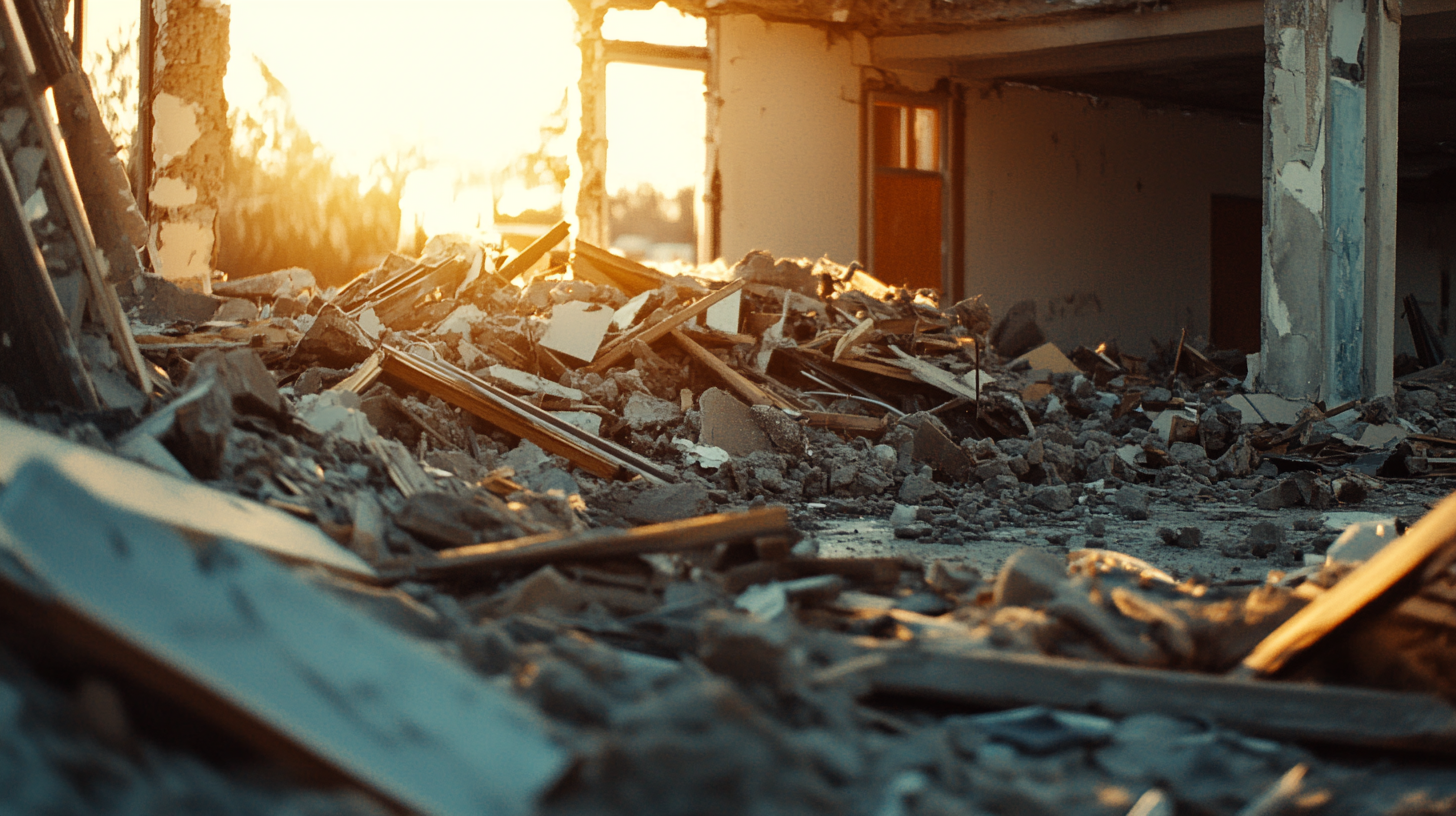
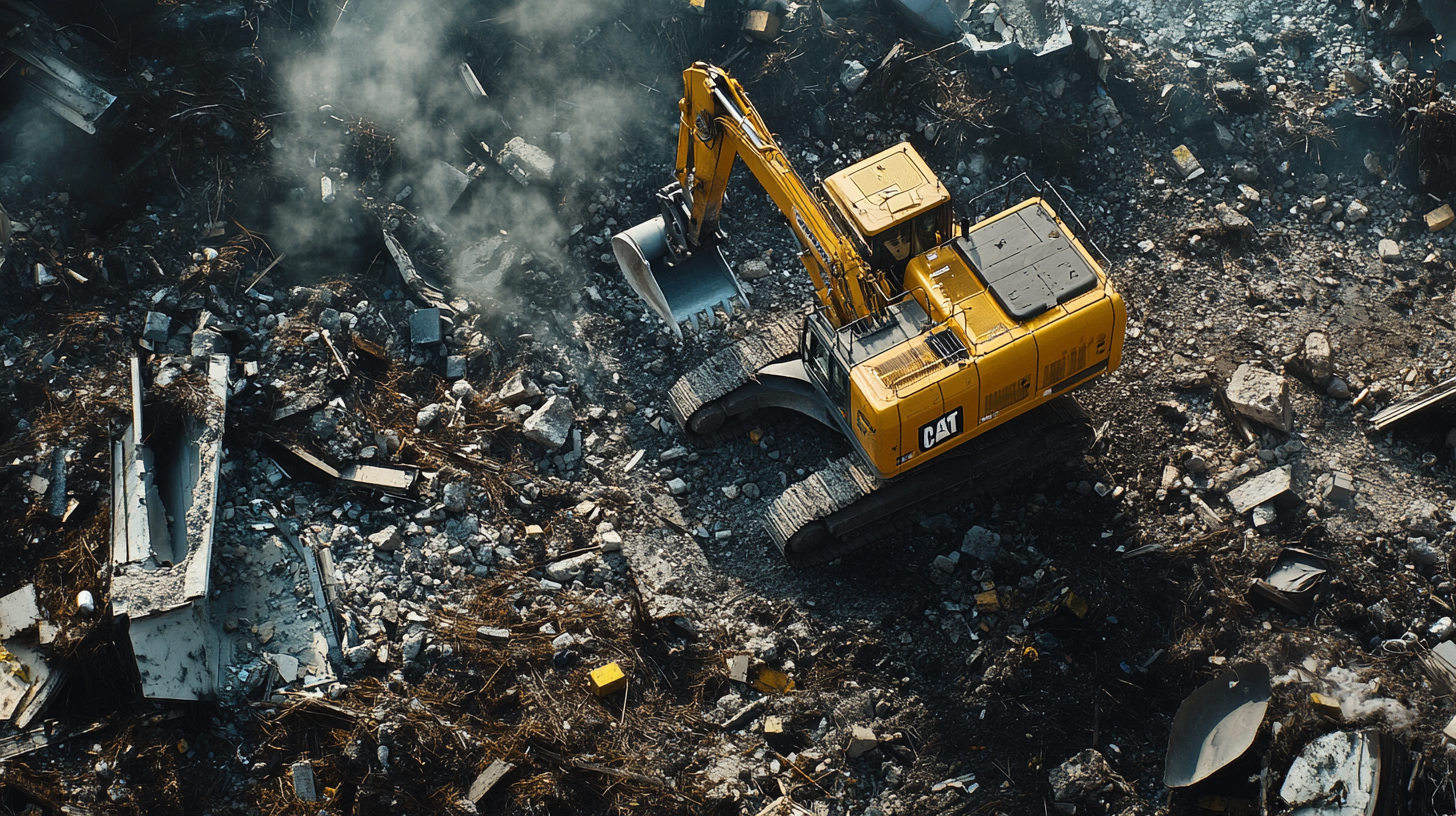
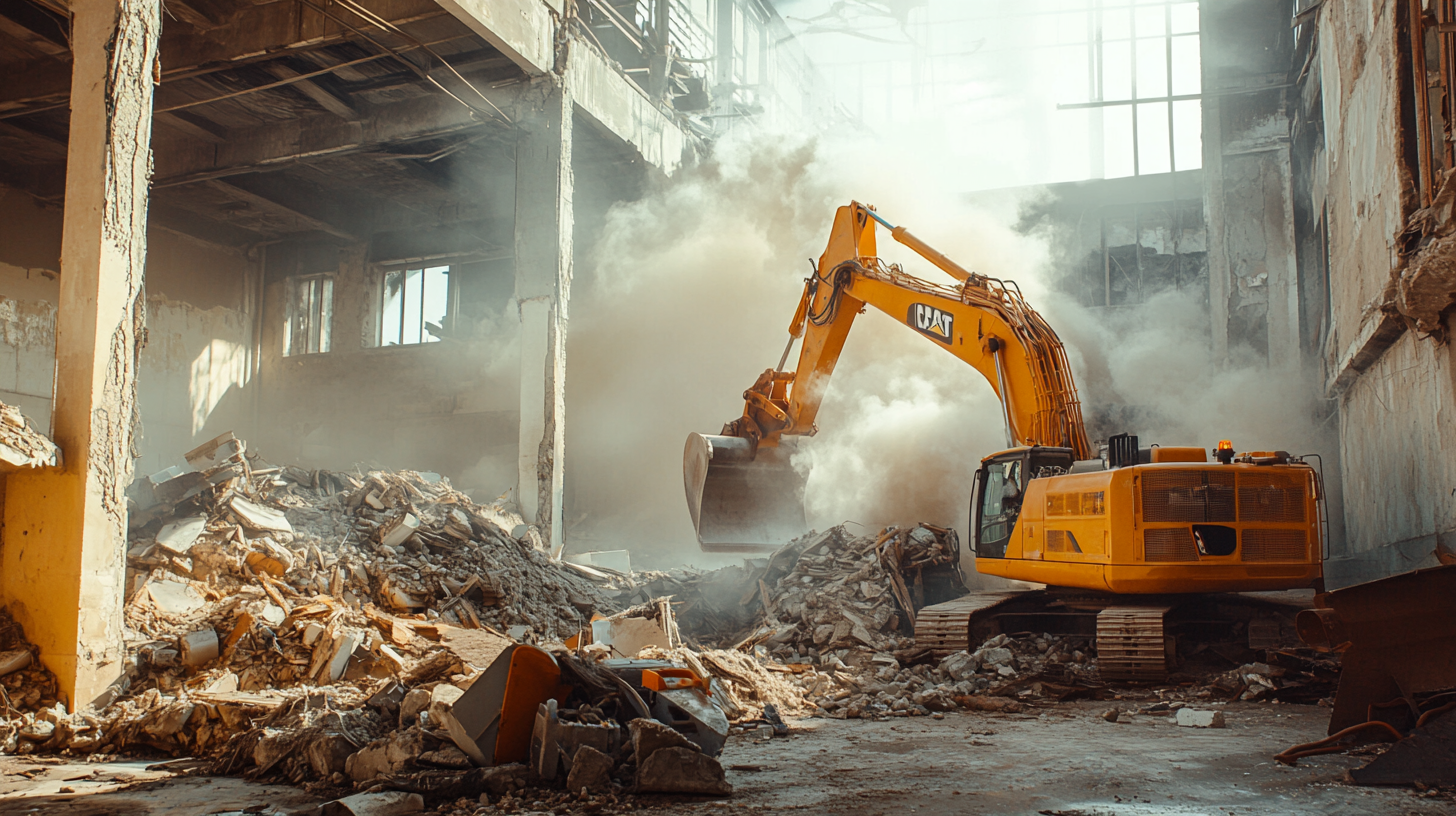
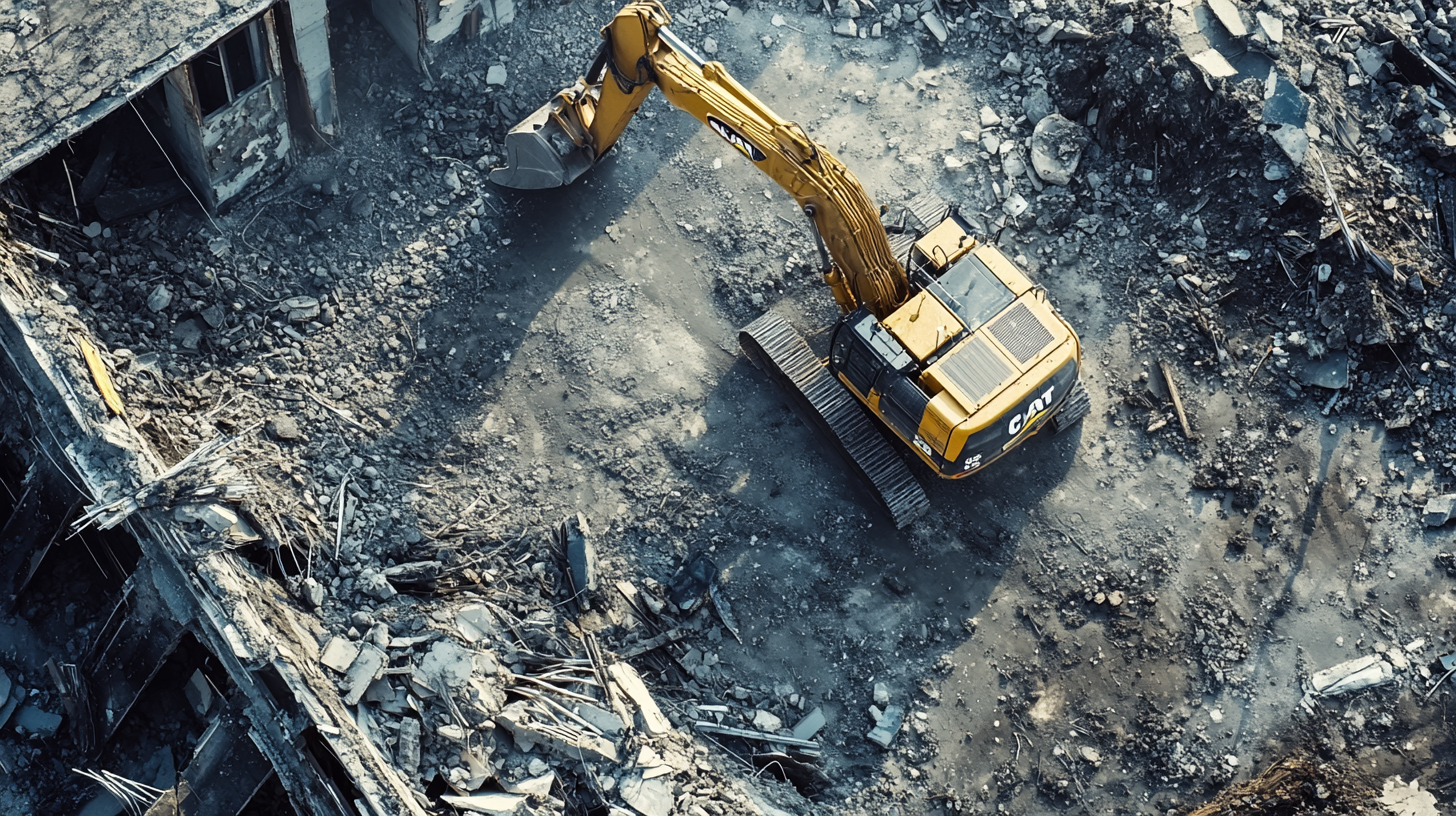
Got a Question? We’re Here to Help.
You can arrange an appointment or make an enquiry by phone or email, orget in touch to us via our contact form.

